There is no specific solution available for this problem , i think the reason is your phone OS doesn't completely uninstall your app, the app signature still lingers on(happens with heavily customized android, in my case its MIUI 8 ).
I found out using logcat - signatures do not match the previously installed version
Potential Solution 1:
Use Titanium Backup (Requires Root) to remove the app folder completely after uninstalling the app.
Potential Solution 2:
Go to settings and remove the app from there , make sure to use the option uninstall for all users(in MIUI 8 this wasn't available)
Potential Solution 3:
Use adb to uninstall your app completely its same as uninstall for all users.
adb uninstall yourpackagename
Incase you dont know it check in properties of your android solution.
Another way to find it
how to delete an app from adb without knowing it's package name
adb root
Then enter adb shell
adb shell
Find out your apps package name:
pm list packages | grep "your app name/something related to your app
name"
Then use:
adb uninstall
OR
pm uninstall
Potential Solution 4:(Not really a Solution)
Change the app package name - wont conflict with the one you have already installed
Note:Doing a hard reset of your device should solve the issue obviously.
In my case 4th option worked, if anyone knows how to remove the previously installed app signature from android please let me know i will update the answer accordingly(probably requires an in-depth knowledge of the file system).
